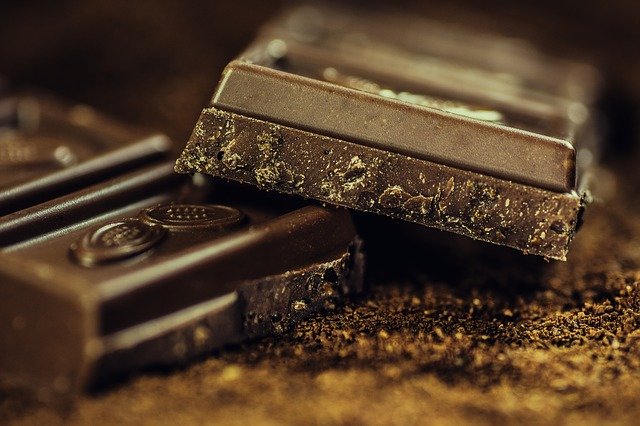
Cacao Cultivation
Chocolate starts with a tree known as the Theobroma cacao. These trees grow within 20° south and north of the Equator and they thrive on a mixture of shade, rain, and hot temperatures.
Each of these trees bears pods or oval fruits that are around 5 to 12 inches in length. The pods contain between 30 to 50 seeds, and the seeds are what are known as cocoa or cacao beans.
Is there a difference between cacao and cocoa? The pod, bean/seed, and the tree are referenced as “cacao”, and the word “cocoa” is used for the beans after they go through a process of fermentation, drying, and roasting. See here for air diaphragm pump.
Harvesting
The pods of the cacao tree are ripe once they turn a yellow/orange vibrant colour. They hang from the largest branches and the trunk on smallish stems. The ripened pods are usually harvested every 6 months, but some trees are even harvested continually.
Once chopped off, each pod is opened to remove the seeds. The seeds are similar in size to olives. The beans or seeds grow in 5 columns and are surrounded by either a pith or white pulp.
The pulp is called “baba” in Latin America and was once used to produce fermented cacao wine, close to 3,000 years ago.
Fermentation
The beans are hand cleaned, while the “baba” is left behind to develop the flavour. Once the cream-coloured beans are exposed to light, they turn a purple colour.
Once the colour change occurs, the beans can be fermented in 1 of 2 ways. In Latin America, the cascading boxes system is favoured, while in Africa, the beans are first heaped on the ground into piles.
Both these techniques involve covering the beans in banana leaves. During the process of fermentation for 2 to 9 days, the beans start taking on the flavours and colour that many recognise as “chocolate”.
Preparing Cocoa Mass Or “Cocoa Liquor”
Once a processor receives the beans they are blended with another estate or origin to achieve the desired characteristics. They are also kept separate to produce “single-origin chocolate”.
The beans are then cleaned followed by roasting beans at a low temperature to develop the flavour. The shells are then separated from what is known as the nibs (the meat part of the bean) through a process known as winnowing.
The nibs are what is ground finely into “cocoa mass” better known as “cocoa liquor” (solid at room temperature). When placed under high pressure, the paste produces two products known as cocoa butter or cocoa powder.
Chocolate Production
The cocoa mass is then combined with a sweetener and cocoa butter to produce chocolate. The first steps involve mixing, kneading, and grinding the ingredients into a type of paste.
The ingredients that are used depend on the chocolate type being made. For example, dark chocolate will only require cocoa mass, sugar, and cocoa butter. The addition of milk powder produces milk chocolate.
White chocolate is produced with the milk powder, sugar, cocoa butter (but no cocoa liquor/mass). Since it does not contain cocoa mass, certain people do not consider this product to be true chocolate.
Conching
“Conching” involves a very careful process of kneading, rolling, aeration, and heating. The “conche” is a type of large agitator used to stir and smooth the mixture when it is placed under heat.
This step is important to produce delicious, consistent, and pure gourmet chocolate. This is the step where the final flavour and aroma are defined.
At this stage, cocoa butter and soy lecithin can be added when fluidity is required. Chocolate will further be refined until the end product is smooth. The longer the product is “conched”, the smoother the chocolate becomes.